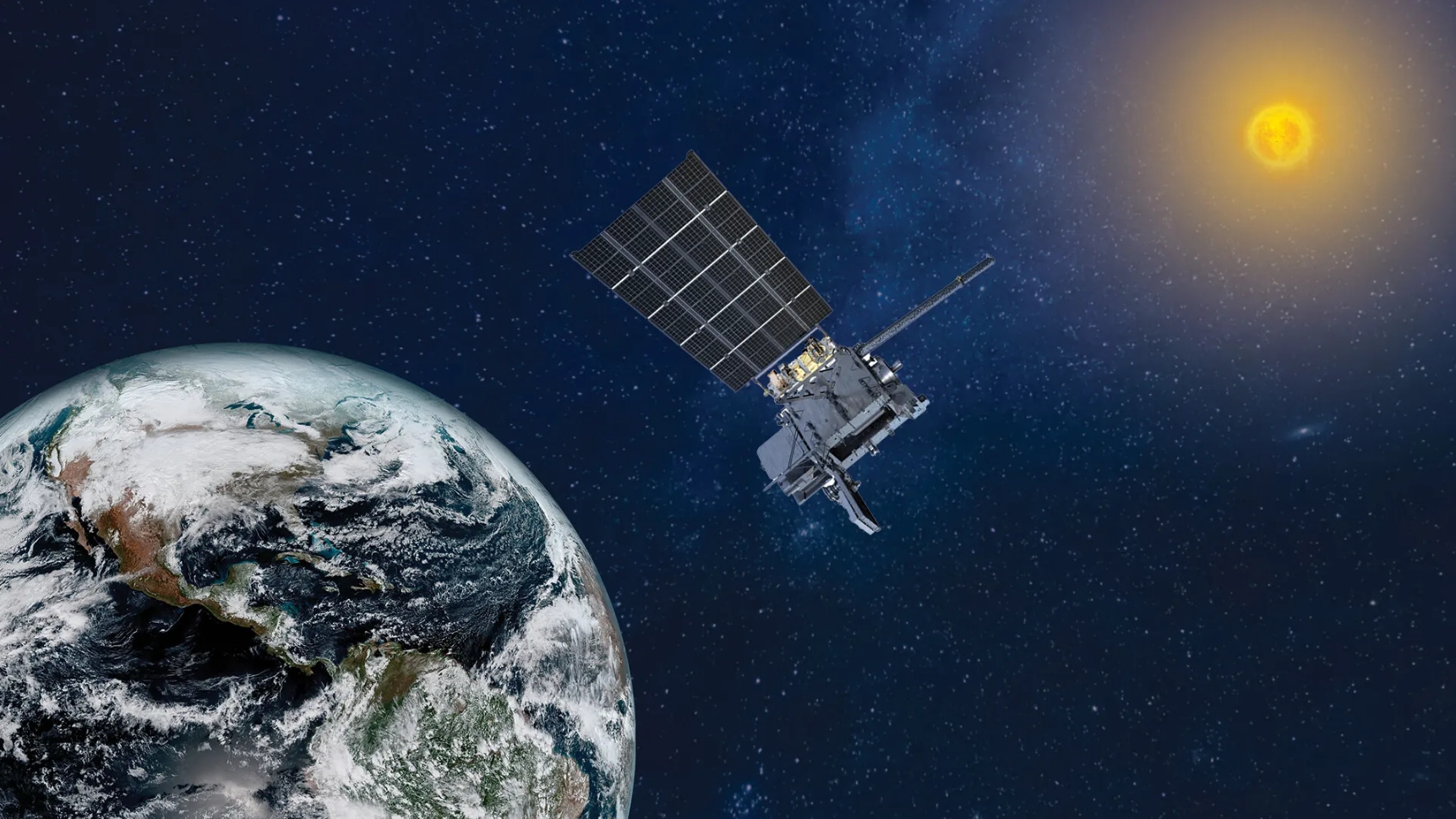
NASA and SpaceX teams continue to work toward a 5:16 p.m. EDT liftoff of NOAA’s (National Oceanic and Atmospheric Administration) GOES-U (Geostationary Operational Environmental Satellite U) on a Falcon Heavy rocket from Launch Complex 39A at NASA’s Kennedy Space Center in Florida.
Read a few facts about the spacecraft and its science instruments:
- The GOES-U spacecraft stands about 20 feet tall and, when fully fueled, weighs in at nearly 11,000 pounds.
- Once launched, GOES-U will complete a nearly two-week journey to its geostationary orbit, about 22,236 miles above the equator.
- The GOES-U satellite is the last of the GOES-R Series satellites, which are planned to operate into the mid-2030s.
- Onboard GOES-U is a suite of seven instruments for collecting advanced imagery and atmospheric measurements, providing real-time mapping of lightning activity, and detecting the approach of space weather hazards.
- Also flying aboard, a first-ever compact coronagraph that will observe the Sun’s outermost layer, called the corona, for large explosions of plasma that could produce geomagnetic solar storms.
- Meteorologists rely on data from NOAA’s satellites to issue accurate, timely, and reliable watches and warnings for local weather events that affect public safety like thunderstorms, hurricanes, wildfires, and solar storms.
- The GOES-U satellite is the ninth overall mission NASA’s Launch Service Program will fly on a SpaceX rocket.
Continue checking NASA’s GOES blog for additional mission milestones, or join the conversation and get updates on social media by following these accounts:
X: @NASA, @NASA_LSP, @NASAKennedy, @NOAASatellites, @NASAGoddard
Facebook: NASA, NASA LSP, NASA Kennedy, NOAA Satellites, NASA Goddard
Instagram: NASA, NASA Kennedy, NOAA Satellites
